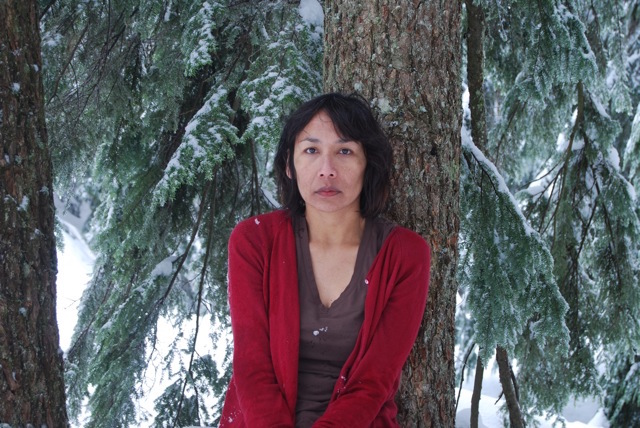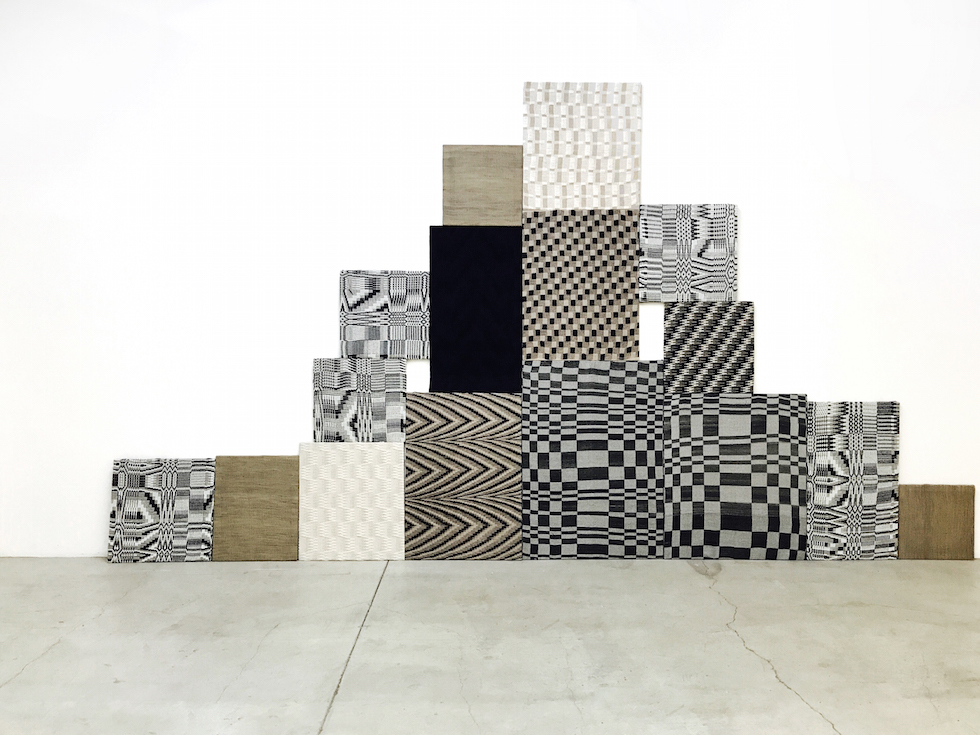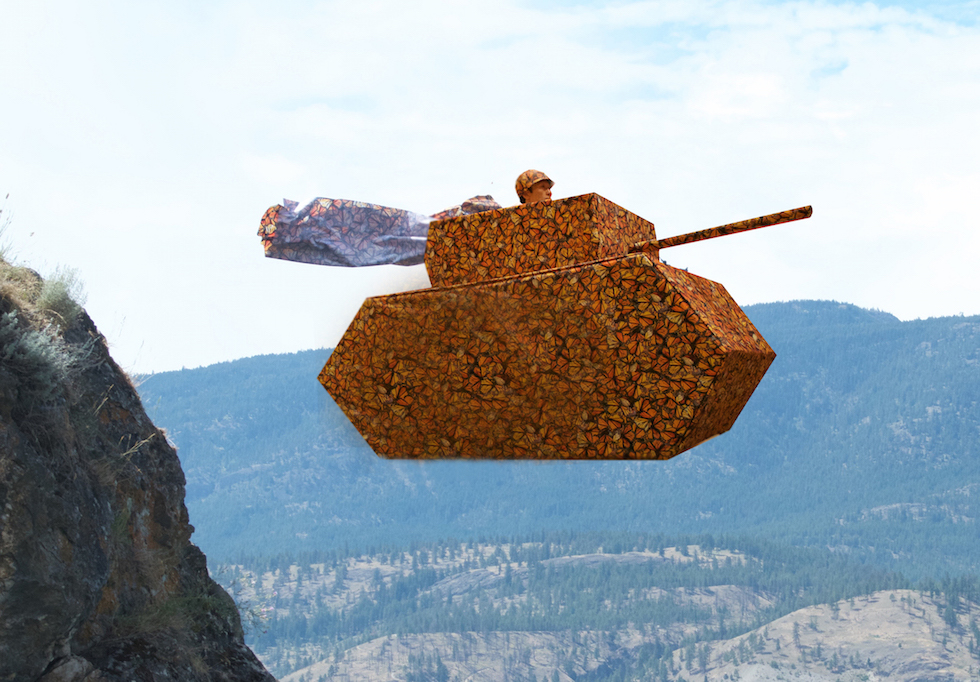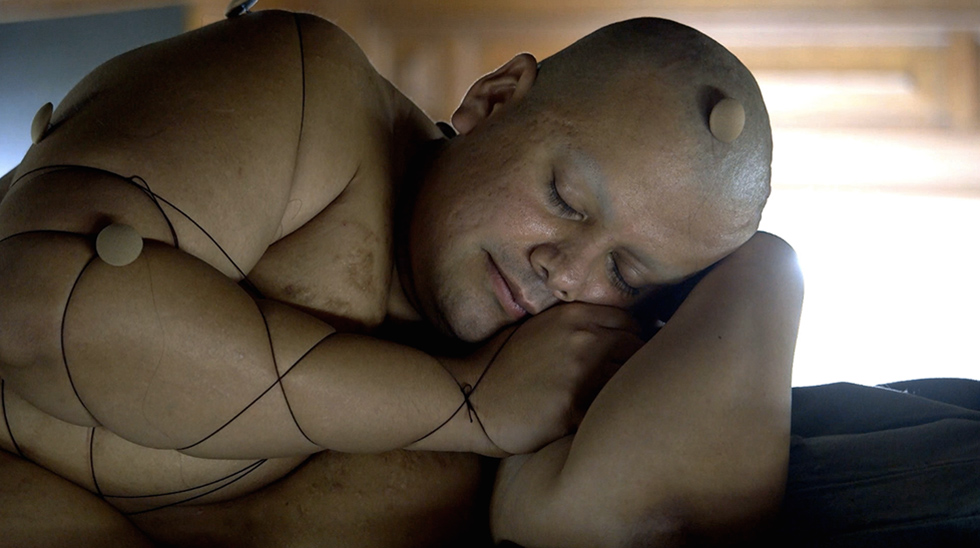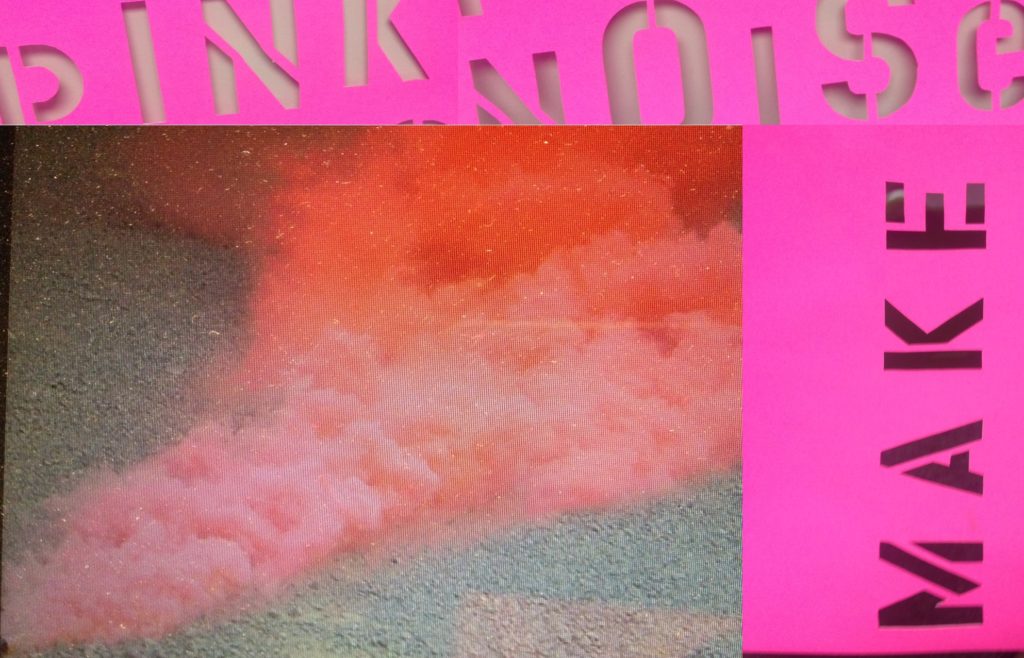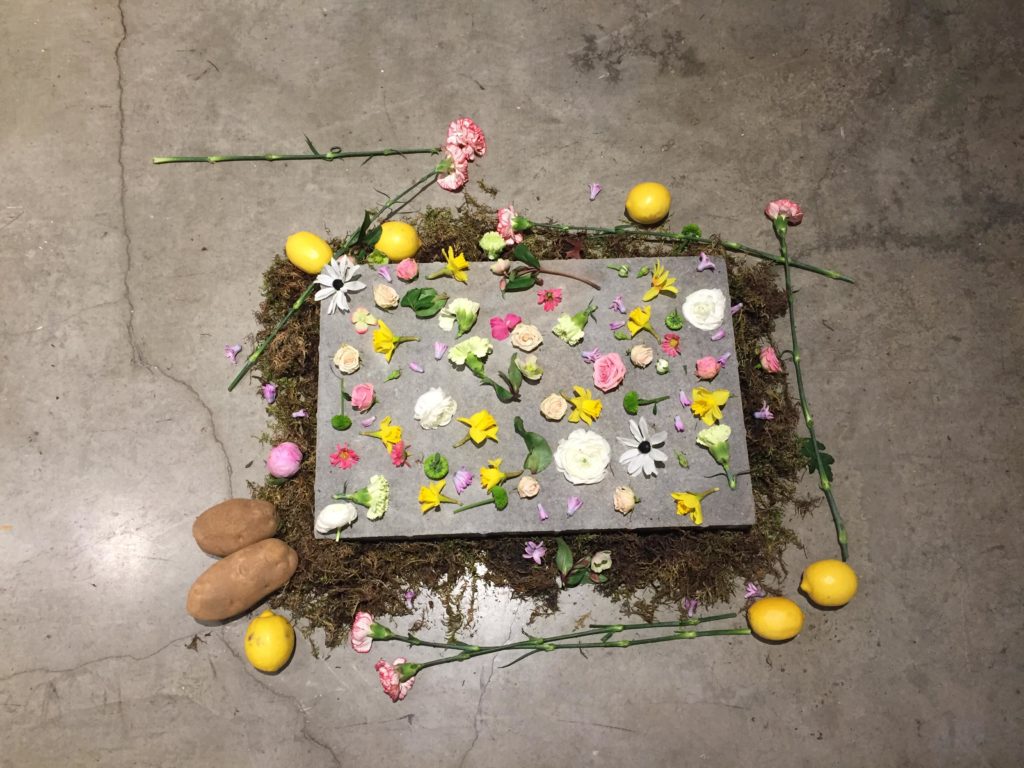(Image: Activist Portrait Series: Portrait of Queen Tite Opaleke, Graphite on Paper, 6 ft x 12 ft, 2015, provided by artist)
2068: Touch Change
ARTIST: Syrus Marcus Ware
CURATED BY: Vanessa Kwan
EXHIBITION: November 2 – December 15, 2018
OPENING: November 1, 7 – 10 pm
DISCUSSION EVENT: November 2, 2018 / 7pm / grunt gallery 116-350 E. 2nd Ave
Touch Change: A conversation between Syrus Marcus Ware and !Kona
2068: Touch Change is both an archive and a speculation. Beginning 50 years in the future, this new exhibition by Toronto-based artist Syrus Marcus Ware proposes an archive whose ‘holdings’ act as a meeting ground for artists and activists across time and space.
The exhibition has 3 main components: a series of large-scale graphite portraits drawn on paper and directly on the walls, a speculative text and a disseminated printed work that documents materials gathered and accessed in the artists’ research process. The portraits – in many ways the centrepiece of the exhibition – are created through a complex process of visiting and revisiting images and interviews with historic and present-day BIPOC (Black, Indigenous or People of Colour) activist communities. Ware’s investment in the archive is overlaid with a parallel interest in forms of speculative fiction (see his recent piece in C Magazine or his essay on Octavia E. Butler published by Canadian Art last year) and he speaks eloquently about how he envisions his research and installations as ways of creating a space where activists and artists of different generations are brought together:
I have been creating very large-scale portraits of activists/revolutionaries/community mobilizers as a way of celebrating activists’ culture, activists’ lives and as a way of understanding the many daily choices that we all have to get involved in big and little ways to make the world a place where we all get to have self-determination and where we all get to be free. These portraits are an act of reverence, a celebration of life and of choice and of action(s).
For my project with grunt, I explored the Trans Archives at the University of Victoria and historic archives on Salt Spring Island, digging for and finding black history in the pages and fields. In this exhibition, activists from the past present and future will meet for the first time… as I merge my archival research with interviews and portrait sittings that I did with black British Columbians while doing my residency in Victoria and Vancouver.
Ware’s work invokes the philosophy of Octavia E. Butler’s now-famous Earthseed movement from her (unfinished) Parables trilogy: “All that you touch/ you Change. All that you change/ Changes you” resonates throughout the artists work, as a reference to empathic human connection as the fuel for sustained and sustaining social justice movements. Ware, like Butler, invites us to consider change as a constant, and hope as an ever-expanding network of relations.
A conversation with local artist and activist !Kona will take place on Friday, November 2nd at grunt gallery. This program is co-presented with Recollective: Vancouver Independent Archives Week.
Curated by Vanessa Kwan
The exhibition is accompanied by a broadsheet featuring text by Syrus Marcus Ware. View/download here

Syrus Marcus Ware is a Vanier Scholar, visual artist, activist, curator and educator. Syrus uses painting, installation and performance to explore social justice frameworks and black activist culture. His work has been shown widely, including at the Art Gallery of Ontario, the University of Lethbridge Art Gallery, Art Gallery of York University and The Gladstone Hotel. His performance works have been part of festivals across Canada, including at Cripping The Stage (Harbourfront Centre, 2016), Complex Social Change (University of Lethbridge Art Gallery, 2015) and Decolonizing and Decriminalizing Trans Genres (University of Winnipeg, 2015). He is part of the PDA (Performance Disability Art) Collective and co-programmed Crip Your World: An Intergalactic Queer/POC Sick and Disabled Extravaganza as part of Mayworks 2014. He is also a part of the Black Triangle Arts Collective (BTAC), a visual arts collective dedicated to exploring disability, racial and economic justice. He is a facilitator/designer at The Banff Centre, and for 12 years was the Coordinator of the Art Gallery of Ontario Youth Program. Syrus is the inaugural Daniel’s Spectrum Artist-in-Residence (2016/17) and a core team member of Black Lives Matter-Toronto. Syrus is also part of Blackness Yes!/Blockorama. He is working on a PhD at York University in the Faculty of Environmental Studies.
For more information visit Syrus’ personal website.

!Kona is a Vancouver-based artist, writer and activist. Her creative and social justice-oriented work has spanned arts/ cultural, queer, feminist and Black communities for over 20 years.
About Recollective Vancouver Independent Archives Week
Vancouver Independent Archives Week is a free public programming series initiated in 2015 by grunt gallery, the Western Front, and VIVO Media Arts that highlights artist-run centre archives, artists working with archives, and the intersections between contemporary art practice and in/formal sites of community memory. Joined by our partners The Morris and Helen Belkin Art Gallery, 221A, Artspeak, and Rungh Magazine, we have re-imagined the series as Recollective: Artists, Communities, Independent Archives, a robust expansion that examines the tensions and possibilities of the archive in narratives of social movements, activist communities, and marginalized voices.


